Adolescent Anxiety – Fight instead of Flight
Fight back against anxiety and stress!
Anxiety and stress are growing issues among adolescents and young adults. The results from being under a constant state of stress are debilitating for our teenagers; affecting everything from school performance to mental and physical health. At MBS Performance Counseling we challenge adolescents to embrace the Fight component of the Fight or Flight response. By doing so, we promote the idea of viewing stress and anxiety in a more positive manner.
Anxiety and stress are natural responses to the life events we experience. However, we have become a society that teaches our kids to avoid these feelings; that they are negative. We more often blame the events that cause stress than identify ways to find solutions. I argue that anxiety and stress are not negative, but in fact, positive and integral responses for our success. However, our reaction and perception to these determine our success or our struggles.
The Fight or Flight Response – A natural reaction to stress and anxiety
Anyone who has been through high school biology has heard of the Fight or Flight response. In short, when a threat is perceived, this response is your body’s built in defense mechanism.
(Notice, the word perceived we will come back to this).
The release of the hormones epinephrine and norepinephrine as well as cortisol initiate the Fight or Flight Response, upon our perception of a threat. This puts our brain in survival mode, which increases awareness, blood pressure and heart rate. It is a positive response in the body to make sure we are aware of, and survive, the threat. Interestingly, in today’s world, we see this same response as the actual threat.
Stress Hormones – A brief explanation
This portion will focus on two of the thee hormones mentioned above, cortisol and epinephrine. If we had to put a voice to cortisol, it would say, “uh oh…something is wrong and I need you to be aware of it.” Cortisone is preparing the body to use energy sources, deal with pain, or activate memories of previous situations to avoid danger. On the other hand, adrenaline is released quickly and is screaming at you to, “DO SOMETHING NOW.” Immediate danger is perceived and we must act.
Together, these two hormones activate our Fight or Flight response. However, do they actually make the decision of fight or flight for us?
The answer to this is an emphatic, no!
Our decision is formed by our prior understanding of the threat as well as our learned behavior in similar situations. Our brains are creatures of habit, forming quick pathways to thoughts and emotions based on previous experiences. With that said, we can train our brains to see these perceived threats in a different way and therefore manage the affect these hormones have on our emotional and mental state.
Changing our perceptions on stress and anxiety
Now, back to that word, perceived. As mentioned, cortisol is released when we perceive a threat. Once the perceived threat is gone, our brain feels safe and usually our hormone levels return to normal. However, if we are in a constant state of stress due to perceived threats in school, home, social interactions, athletics, etc. then we will constantly be releasing cortisol. The effects of this can lead to a number of issues including anxiety, depression, sleeping issues and memory/concentration impairment.
When we have a constant flooding of cortisol and epinephrine, our brain solely focuses on survival. Our brain filters out every other thought, emotion, etc. to focus purely on the threat, keeping the brain in survival mode. So, for example, a child dealing with an abusive household has an extremely difficult time performing in school. Since the child’s brain is in survival mode, he or she can have trouble focusing on, and retaining, information.
But how can we explain the child who is dealing with a number of issues at home and is still able to be a high achiever in school? Conversely, how can we explain the child who has no major stressors outside of school, but falls apart when he or she struggles for the first time in an Honors or AP course?
To me, this means our mindset matters when dealing with stress and anxiety. Specifically, how do we perceive stress and how do we define our reaction to it?
Avoiding the Flight response
Teaching our adolescents to avoid stress, activating the “Flight” response, does nothing to prepare them for future stressors. Sure, if they are facing a grizzly bear in the wild the “flight” response may be better than squaring up for a fight. However, we have adolescents fleeing from social interaction, dropping classes, avoiding tests, and sometimes not attending school altogether. If we constantly protect them from stress, by blaming the stressor, we are reinforcing the flight behavior. We are teaching our children they have no control over a solution, and that the only option is to avoid their negative feelings. In the long run, this causes more stress and anxiety in their lives.

So, let’s teach our teenagers how to fight when they feel stress or anxiety. In doing so, let’s also teach them how to perceive stress and anxiety in a positive manner. In their study on the relationship between Cortisol dysfunction and pain, Kara Hannibal and Mark Bishop found that developing coping mechanisms and redefining how stress is perceived allowed physical therapy patients to have a more effective rehabilitation from injury. We can aid in our own healing by adopting a growth mindset and an optimistic outlook!
How to change our perceptions of stress and anxiety
This is why optimism is such a key component to our counseling foundation at MBS. Teaching our adolescent clients that they can affect change in their lives is huge. Additionally, walking them through the steps to control that change is empowering.
How do we affect this change?
- Redefine stress and anxiety in a positive way
- Identify areas of life that cause stress and anxiety
- Define the control you have over each of these areas
- Develop coping mechanisms when feelings of stress or anxiety grow
- Confront the stressors in your life
In conclusion, we need to address how our children perceive stress, as well as our own perceptions. We need to be comfortable with explaining the natural purpose behind stress and anxiety to our youth. It is important they know how to manage these feelings, and that they are in control of their perceptions.
When we look at optimistic people, they most often perceive challenges as a growth opportunity versus a threat. At MBS Counsleing, we empower adolescent clients by building optimism so they can better deal with anxiety and stress.
Contact us at MBS Performance Counseling to help navigate your child’s stress and anxiety today!
____________________________________________________________________________________________________________________________
Ryan Defibaugh, LCPC, NCC, is the owner of MBS Performance Counseling, LLC in Frederick, MD. He works with adolescents and young adults to help them thrive in their academic, social, and personal lives. Ryan uses his experience as a Division I college coach along with his counseling background in order to empower our youth with skills such as optimism, resilience, grit, and problem-solving abilities.




